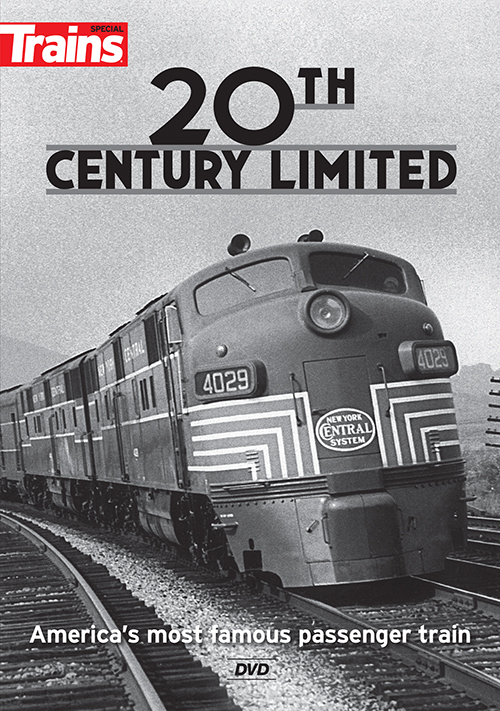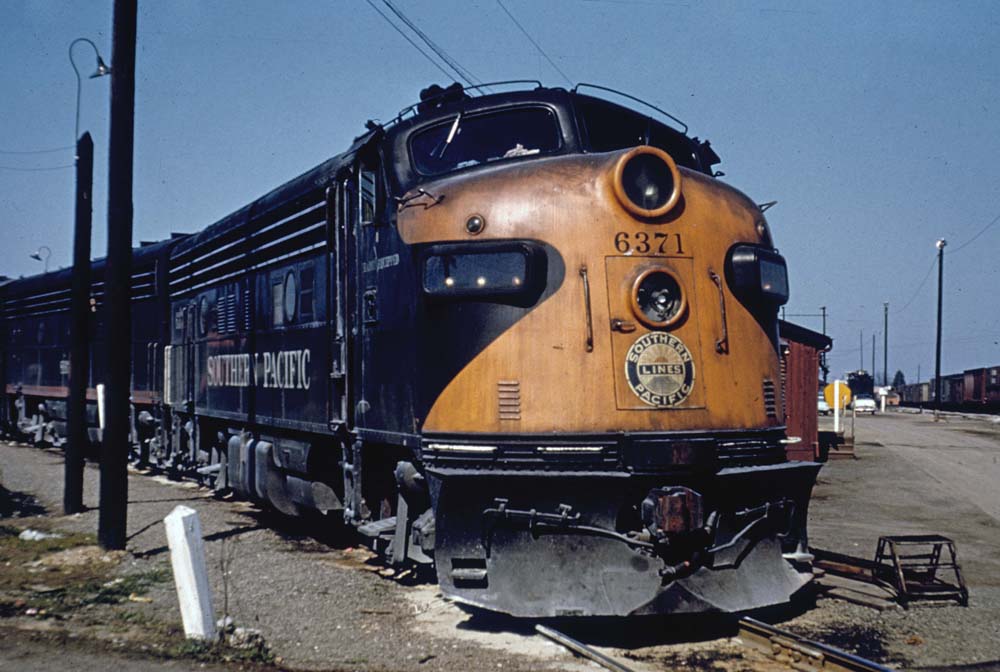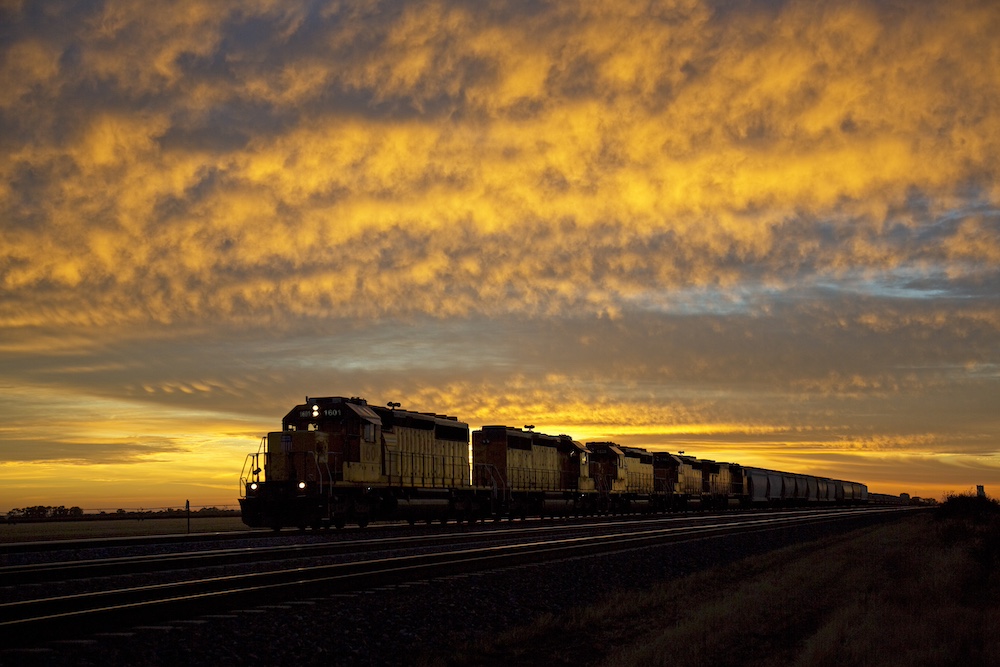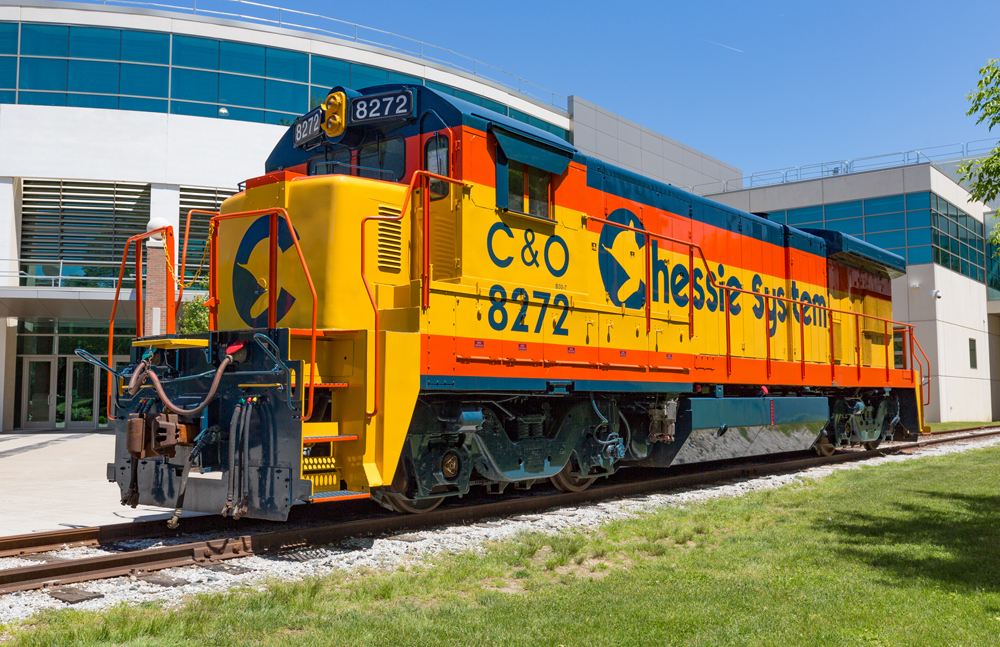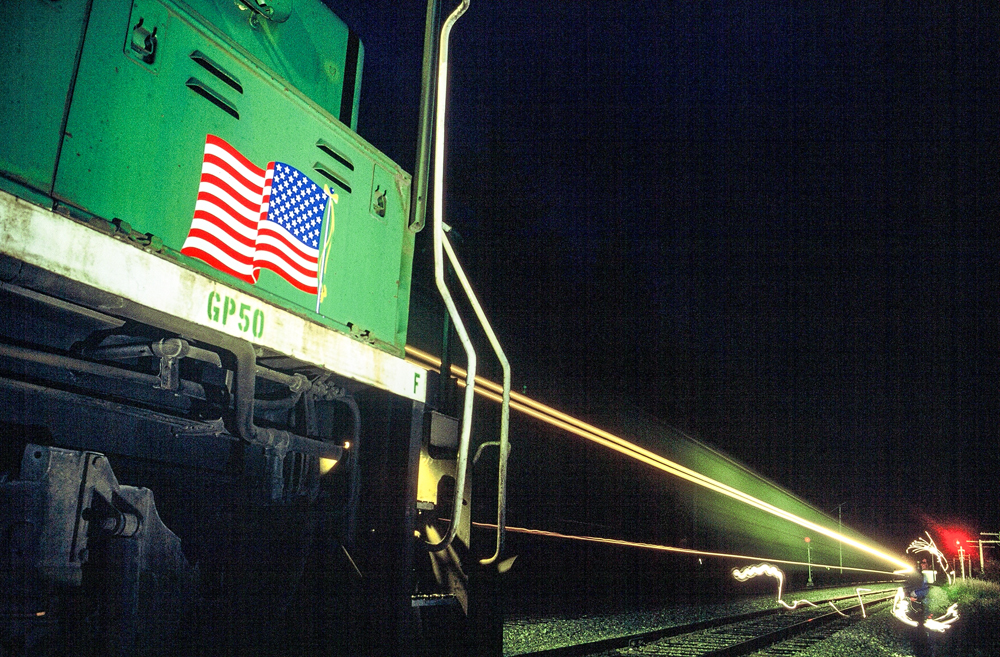Kalmbach Publishing, P.O. Box 1612, Waukesha, WI 53187-1612. 56 minutes
kalmbachhobbystore.com
Just under 50 years ago, a famous train ended a 65-year run as the premier conveyance linking New York and Chicago. Operated by the New York Central Railroad, the 20th Century Limited was launched in 1902 during the “the age of civilized travel” and quickly took its place as the most important train on “the Water Level Route.” Over its lifetime, the train was reequipped several times to reflect changing tastes.
This excellent DVD is narrated by actor and railfan Michael Gross, who is shown against a Grand Central Terminal background. He is a good choice because he combines an affinity for the subject matter with an actor’s ability to smoothly deliver the material. The program features interviews of many railroaders and historians who recall the train, including Karl Zimmerman, James Porterfield, George Hamlin, John Kenefik, Walter Zullig, and Michael Fox among others. Their insights are mixed with vintage images to form a compelling history of the USA’s greatest train.
Gross introduces the Central’s General Passenger Agent, George H. Daniels, the tireless promoter behind the famous high speed run of the Empire State Express 4-4-0 No. 999. Daniels introduced the 20th Century Limited on a 20-hour New York-Chicago schedule, which attracted enough passengers to frequently require multiple sections to accommodate the demand. He also introduced the famous red carpet that the railroad rolled out for the boarding passengers in New York, a surviving portion of which is seen hanging behind Karl Zimmernan during his interviews.
The famous competition between the New York Central and Pennsylvania railroads is an integral part of the story, as the two competitors improved the competing 20th Century and Broadway limiteds as the story unfolds. In fact, it is impossible to tell the story of the Century without mention of its Tuscan Red rival (or vice versa), especially when discussing both trains’ 1938 makeovers. Although many consider this the highlight of the celebrated train, it actually came more than halfway through its 65-year existence.
With increasing automobile and air competition during the Great Depression of the 1930s, railroads had to reinvent their product in an attempt to remain competitive. During the second half of the 1930s, both the New York Central and its Philadelphia-based competitor each hired prominent industrial designers to redesign their flagship trains. The Pennsy went with Raymond Lowey, famous designer of the GG1 who would go on to develop the paint scheme for the U.S. Air Force’s Presidential aircraft. New York Central countered with Henry Dreyfuss, who would go on to work on interiors for both the Lockheed Constellation and Boeing 707. Dreyfuss got his feet wet streamlining the Central’s Mercury, using existing rolling stock and featuring a 4-6-2 that resembled an inverted bathtub. Dreyfus then designed the classic streamlined J3a 4-6-4 locomotive and matching train, which we see in a couple of color sequences. The new, sophisticated, 20th Century Limited had a contemporary look, complete with a new train logo and was introduced on a 16-hour schedule between Grand Central and La Salle Street.
The 1938 Century only lasted a decade; after World War II the Central returned to Henry Dreyfus to redesign its passenger trains one last time, which resulted in “The Great Steel Fleet.” This was the last stand of the Century, as passengers began deserting trains for airliners and automobiles during the 1950s. Robert Glover of the National Airline History Museum explains the growth of postwar air travel, with the museum’s Lockheed L-1049H Super Constellation as a backdrop. The labor-intensive Century could not compete with these new forms of transportation. Even worse was the New York State Thruway, which was so convenient that even railroad executive John Kenefick used it on a trip to Buffalo despite having a railroad business car at his disposal. The Century was finally discontinued in 1967.
Kalmbach also devoted space in its August 2016 issue of Trains Magazine to the 20th Century, and one article elaborates on the DVD’s recollections of two former Century employees, Joan Scalfani and Robert Williams, of famous passengers that they encountered while working the train. This provides some human interest to a fast moving program that touches on the major aspects of the Century story.
One 20th Century Limited story, which doesn’t really fit into the main narrative involves Alfred Hitchcock’s classic film North by Northwest. In its August tie-in coverage, Trains discusses how the railroad scenes in this classic movie were filmed. The movie captures the essence of travel on the Century in its final decade of operation.
The 20th Century Limited was the USA’s most important train, and this DVD includes recollections from people who worked or rode it. Some of the interviews were filmed on board Hickory Creek, a restored observation car from the 1948 Century. The DVD also includes about 10 minutes of bonus footage including more personal recollections. If you have an interested in classic passenger trains, get this DVD. A preview is available online.





